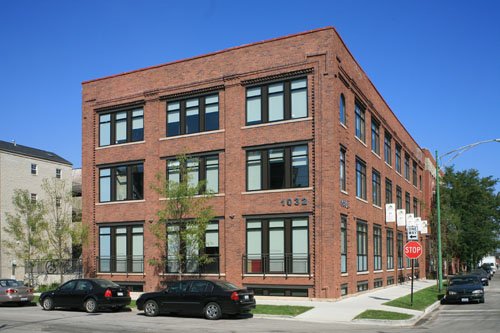With climate responsibility becoming crucial in every sector, architecture has stepped forward with innovations in sustainable materials. At Funke Architecture, using the right material isn’t just an aesthetic decision—it’s a conscious choice that shapes energy performance, cost, longevity, and environmental impact.
One standout in this shift is recycled steel. Strong, flexible, and endlessly recyclable, steel from reuse or repurposed sources reduces demand for new production, which is energy-intensive. Similarly, Bamboo and engineered wood products have become popular: they grow quickly, sequester carbon, and deliver natural warmth to interiors. When treated properly, bamboo can outperform traditional wood in strength and endurance.
Another material gaining traction is low-emission concrete or “green concrete.” Vanilla concrete has a heavy carbon footprint due to cement manufacturing, so architects are using supplemented cement mixtures, fly ash, or slag to reduce the emissions. Innovations like carbon capture in cement production are promising too.
Glass is also being reimagined—insulated glazing, smart-glass, and solar control coatings now let light flood in without heat loss or glare. Coupled with shading devices or louvers, modern glass systems balance openness and comfort. Materials like cork, recycled plastics, and composite panels also help add color and texture, while reducing waste and energy consumption.
In Funke Architecture’s designs, these sustainable materials are not add-ons—they are integral. From roofing systems with green gardens to walls built with thermal-mass materials that store heat and release it slowly, every choice is made to maximize performance and reduce environmental cost. Equally important is sourcing locally, to lower transportation emissions and support local craftsmanship.
As we look ahead, sustainability in architecture will continue to evolve. Biodegradable finishes, modular construction, and even 3D-printed building components are becoming real possibilities. For property developers or homeowners, choosing sustainable materials isn’t just about looking good—it’s about leaving a legacy where beauty and responsibility coexist.
